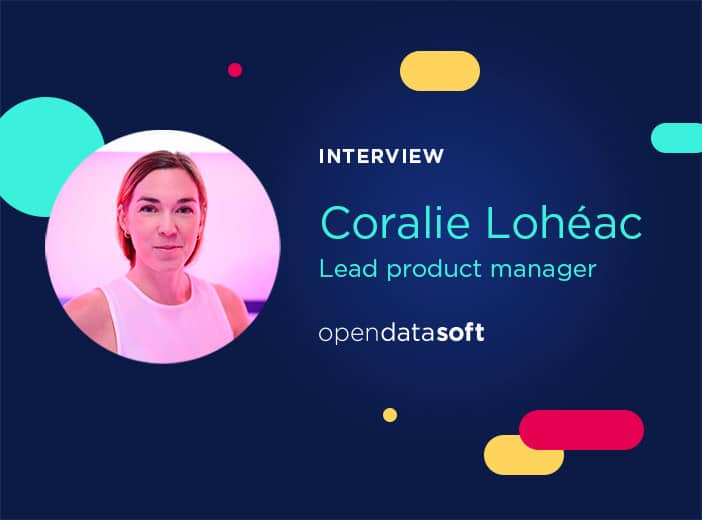Glossary
Data Streaming
What is data streaming? Why is it essential for real-time analysis and decision-making?
In the era of Big Data, the Internet of Things (IoT), and machine learning, data streaming is critical for numerous industries. Sensors, the three V’s of Big Data (volume, velocity, and variety), and AI facilitate real-time information transmission through data streaming. However, its implementation and management in organizations poses significant challenges in terms of technology, security, cost, and regulatory compliance.
What is data streaming? How does it facilitate informed decision-making? And what challenges do organizations face when implementing it?
What is Data Streaming?
Data streaming refers to the continuous process of transmitting, analyzing, and processing data as it is generated. This approach enables organizations to analyze data in real-time, enabling more responsive, immediate, decision-making as well as underpinning new applications, especially in IoT, online media, and live data analysis.
It is important not to confuse “data streaming” and “stream computing”. The former involves continuous data collection, while the latter entails continuous data processing.
Data Streaming: A Key Asset for Enhanced Decision-making within Ecosystems
Data streaming allows organizations and individuals to make better decisions based on real-time information.
Diverse Applications of Data Streaming in Enterprises
Data streaming provides companies operating in complex and fast-changing markets with significant business advantages. Here are three common use cases:
- Financial institutions: Stock prices change every fraction of a second based on investor behavior. Through continuous data streams, investors can time when they buy and sell to maximize profitability.
- Manufacturing: Sensors on industrial machines generate real-time data – streaming this information enables maintenance teams to be immediately alerted to any problems, allowing them to fix them faster.
- Cybersecurity: Website or application logs can detect and prevent intrusion attempts..
Data streaming is highly strategic across various industries. Therefore, it is crucial for organizations to establish a robust technology infrastructure and strong data governance to address security, cost, and regulatory compliance challenges.
Prerequisites for Implementing Data Streaming in an Organization
Successful implementation of a data streaming strategy requires:
- Robust technology infrastructure: A solid tech stack, containing elements such as a data lake or data warehouse capable of storing all data, efficient tools to automate the data process, and a secure information system.
- High-quality data: Before sharing data continuously, ensure the disseminated information is reliable, relevant, and up-to-date.
- Security protocols: Defining access rights based on user profiles and the nature of the data.
- Regulatory compliance: To comply with regulations like GDPR, organizations need to anonymize personal data.
- Expertise within teams: To interpret real-time data, organizations need to be able to access the right skills.
- Sufficient budget: Especially to cover storage costs as data volumes grow.
Publishing Real-time Data via a Data Portal
Data portals enable organizations to share their data, in real-time, internally or externally with partners, employees and other stakeholders.
Opendatasoft offers data flow integration functionalities via APIs and over 80 connectors, along with real-time data publishing features.
Discover how to share your data through a data portal in our Ebook.
Learn more

Blog
From data chaos to data products: Big Data LDN
Maximizing value from data is a key objective for organizations looking to improve performance, boost innovation, and increase efficiency. In the run up to Big Data LDN we explain the importance of data products and data product marketplaces to delivering data value.

Blog
Data virtualization: securely share your data on your marketplace, without duplicating or moving it
Data virtualization transforms the way organizations share and use their data. It allows data from external sources to be explored and consumed securely, without the need for duplication. In this article, Coralie Lohéac, Lead Product Manager at Opendatasoft, explains how deploying data virtualization within a data marketplace opens up new perspectives for data sharing and value creation within organizations.

Blog
Transforming public data into value – lessons from Australia
Cities and municipalities create huge volumes of data - but ensuring it is used effectively by every department to engage stakeholders and build trust can be difficult. Using real-world examples from a new ebook published by our partner Peclet, we explain how municipalities can truly turn data into value.
